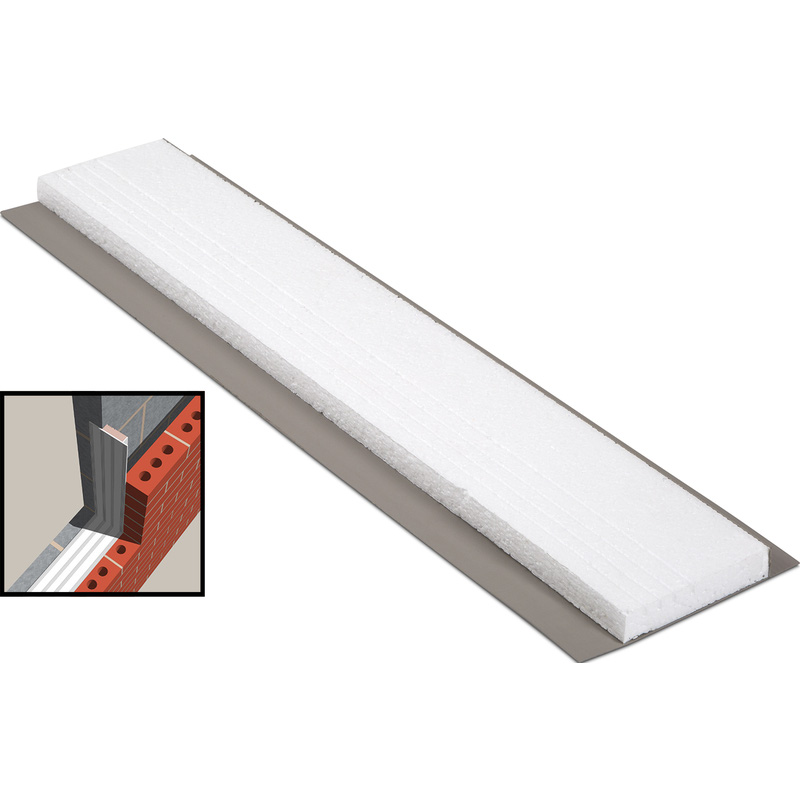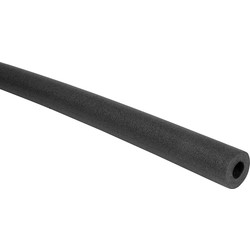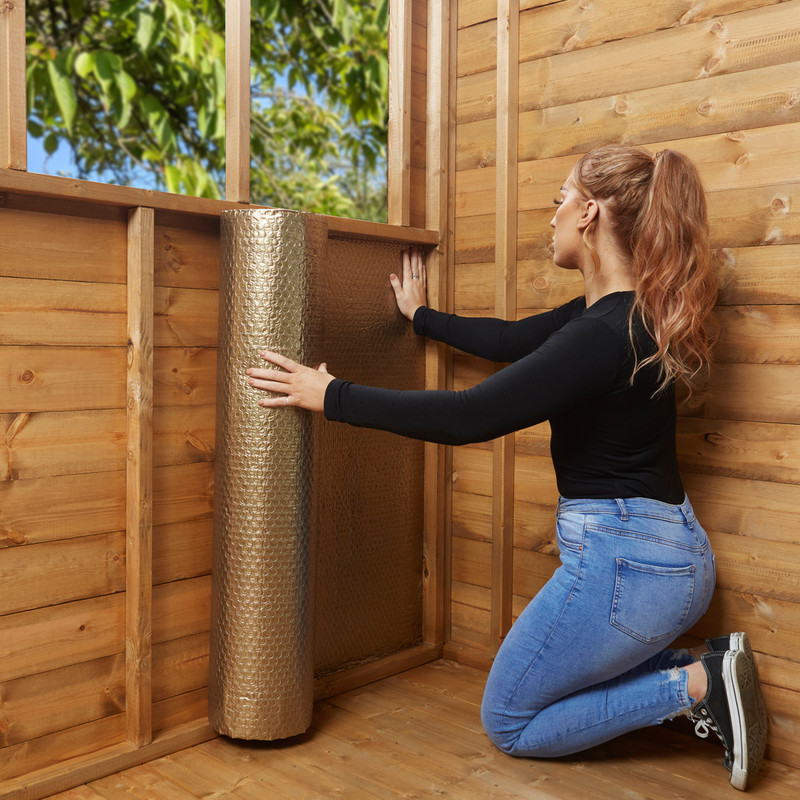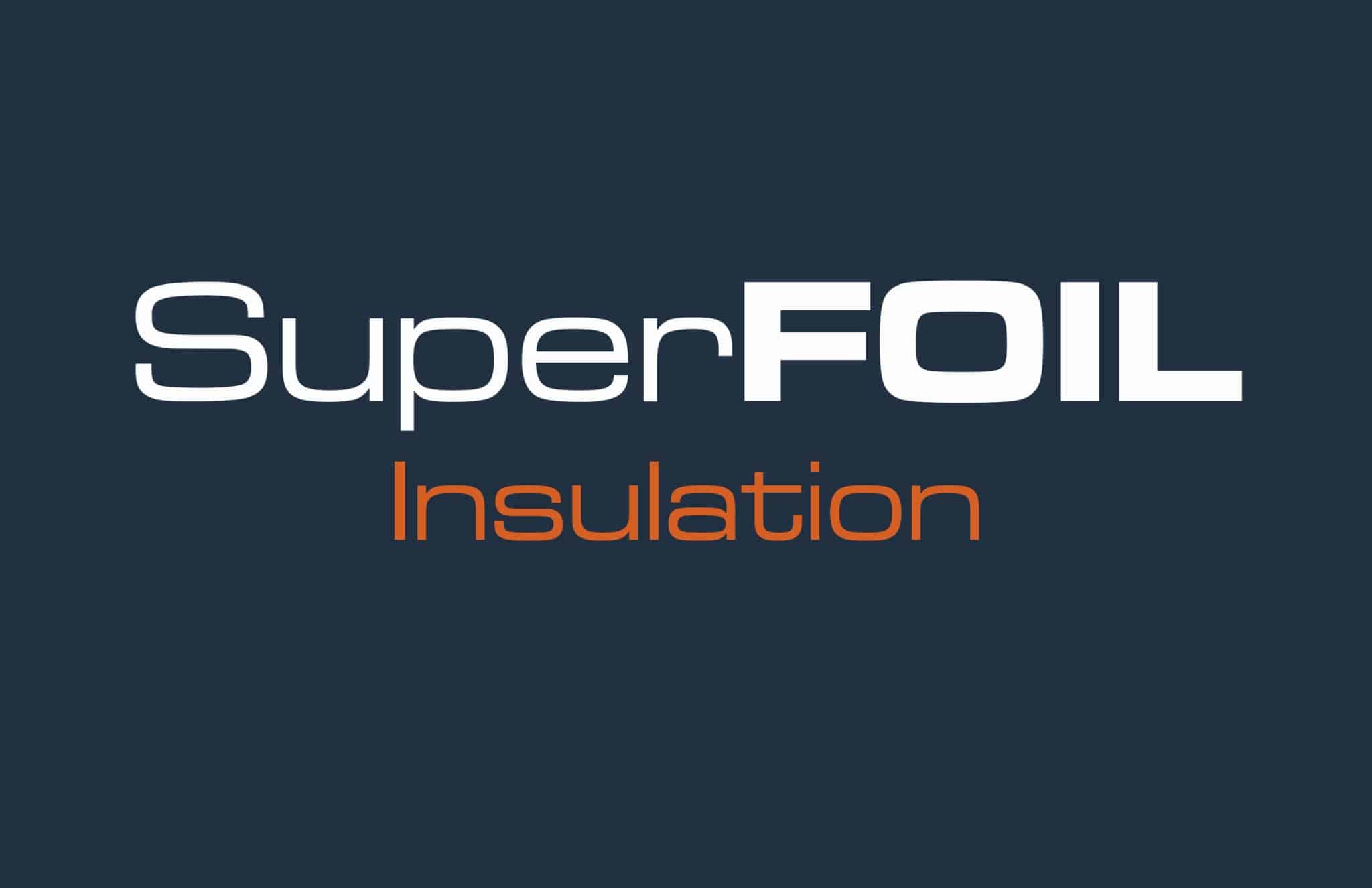The world of home improvement and energy efficiency is always evolving, and choosing the best insulation solution can have a significant impact.
Whether your goal is to enhance the comfort of your living space, reduce energy expenses, or ensure your home complies with current building regulations, insulation can make all the difference.
Types of Insulation

Foil Insulation
Foil insulation has a similar structure to bubble wrap, with small pockets that block heat from escaping. The outer foil layers reflect heat into the home, shed, or pet house – wherever it’s installed – keeping it warm in the winter. Foil insulation is easily installed to the roof, walls or floor, usually using staples and insulating tape. In the summer, foil insulation reflects heat away from the house, keeping it cool.
Foil insulation is thinner than traditional wool insulation, meaning it’s ideal when you don’t want to sacrifice storage or living space. The easy installation means it can be carried out by a confident DIYer. With a single layer of foil loft insulation, heat loss can be reduced up to 66%. Unlike wool and fibreglass insulation, there are no fibres that can cause long term damage and irritation – so you don’t need to wear PPE during installation.
Foil loft insulation doesn’t have any acoustic insulation qualities, so if blocking out noise is a priority then you may not find it suitable. Foil insulation isn’t breathable, meaning condensation could build up and cause damp issues if not properly maintained and ventilated.
Advantages
-
Thin
-
Easy to install and no PPE needed
-
Can reduce heat loss by up to 66%
Things to Consider
-
No acoustic insulation qualities
-
Condensation could build up

Multi Layer Insulation
Multi-Foil insulation features many layers of foil which help reduce heat loss through roof, walls and floors. Multi foils help reflect radiant heat into cavities to help create warm air pockets that become effective barriers on retaining heat and reducing energy use. There are two main types for different situations – breathable or VCL (vapour control layer) – depending on the composition of the insulation.
Both types of multi-foil insulation can reduce the risk of condensation and avoid mould and mildew compared to traditional foil insulation. Multi-foil insulation, similar to traditional foil insulation, does not require PPE to install as there are no hazardous fibres unlike mineral and glass wool insulation.
Multi-Foil insulation is generally thicker than bubble foil insulation, which can make it more difficult to install. However due to most multi-foils being around 40mm, any confident DIYer would be capable of installing the product. While multi-foil insulation is more expensive than classic foil insulation, the thermal performance is greater so may be a lower cost over time.
Advantages
-
Breathable layers reduce condensation build up
-
No PPE needed for installation
Things to Consider
-
Slightly thicker design could be difficult to install in tight corners
-
More expensive per m2

Cavity Closers
A cavity closer is made from a plastic strip and filled with foam or mineral wool insulation. They are placed in a cavity wall to provide insulation against the cold. They are usually found bridging the gaps in cavity walls around windows and doors. Cavity closers create a seal to prevent water or damp entering the cavity wall and prevent fire spreading by adding extra layers to burn through and reducing oxygen in the cavity.
Cavity closers are not only ideal for reducing heat loss and saving on your energy bills, but are a legal requirement in the UK. Without cavity closers, UK building regulations are not met. You’ll find cavity closers are lightweight, flexible and durable. They are also relatively easy for tradespeople to install, can easily be cut to size, and are suitable for timber and masonry walls.
Unlike foil insulation options, cavity closers are not designed to be installed by DIYers and are instead installed during the construction process or when windows are being installed. If cavity closers need to be retrofitted, this can be a complicated process and will usually need the windows to be re-installed.
Advantages
-
Help you to comply with building regulations
-
Lightweight, flexible and durable
-
Easy to install for tradespeople
Things to Consider
-
Not designed to be installed by DIYers
-
Complicated to retrofit

Pipe Insulation
Pipe insulation surrounds your pipes to help prevent them freezing and bursting in cold weather. They also reduce heat loss from hot water pipes on the way to your taps. You’ll find foam or foil pipe insulation as well as fabric pipe lagging which can all be used on hot or cold pipes.
Foam is commonly believed to be the most effective at reducing heat loss and helping to protect pipes from freezing. However, foil insulation is much thinner and is easier to install in tight gaps. Fabric pipe lagging is a more traditional option, is easily installed with a backing tape and is really flexible for getting round tight corners.
Insulating pipes can be more difficult in very tight areas and around corners, so you may end up with gaps that reduce the effectiveness of the insulation.
Advantages
-
Effective at reducing heat loss between the hot water supply and the taps
-
A range of options to choose from
Things to Consider
-
Insulating in tight corners can be difficult

Cylinder Jackets
A cylinder jacket is a protective covering designed to wrap around the outside of a hot water cylinder to reduce heat loss and maintain the water temperature within the tank for longer. The jacket typically has a layer of insulating material, often made of foam or fibreglass, and surrounded by an outer layer.
One of the key advantages of using a hot water cylinder jacket is its energy-saving potential. By minimising heat loss, cylinders don’t need to be heated up as often. Also, they help to maintain hot water at a consistent temperature for longer durations so you have a readily available supply of hot water whenever you need it.
One main consideration is the available space around the hot water cylinder, as jackets can add bulk to the tank's dimensions which isn’t ideal if you’ve not got much space to work with. Also, regular maintenance and inspection of the tank are still necessary to ensure its overall longevity and performance.
Advantages
-
Cylinder doesn’t need to be heated up as often
-
Hot water available on demand
Things to Consider
-
Cylinder jackets can encroach on free space around the tank
-
Regular maintenance of the cylinder is still necessary
Key Insulation Considerations
Interior or Exterior
Most insulation options are suitable for indoor and outdoor use, but you’ll find some specialist options are designed for outdoor use such as to protect plants during the winter. Foil insulation for the garden reflects heat from the sun and helps to regulate fluctuations in temperature and even protect against frost.
Insulation Material
You’ll find most insulation at Toolstation is made of foil as it is lightweight, thin, is easy to install, and doesn’t require any PPE during installation unlike fibreglass and mineral wool alternatives. However, you’ll also find pipe insulation made of foam or fabric which are well suited for protecting pipes from freezing and maintaining the temperature of hot water pipes during use.
Thermal Resistance
The thermal resistance, also known as the R value, of a material tells you how good it is at insulating against the cold. For insulation, the higher the R value of insulation the better. However, depending on the environment you might have different R value requirements. For attic insulation, the recommended R value for insulation in the UK is between 6.1 and 7 – this can also differ around the world in places where it is hotter or colder.
U-value
A U-value is a calculation that measures the amount of energy required to retain heat within a space and defines how good a system is at insulating. A U-Value is required by building control to ensure that we are insulating our homes to the required standards to help become energy efficient. The lower the U-value the better the thermal performance is.






